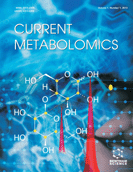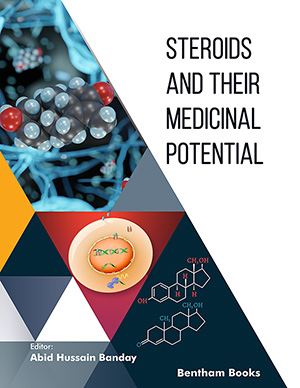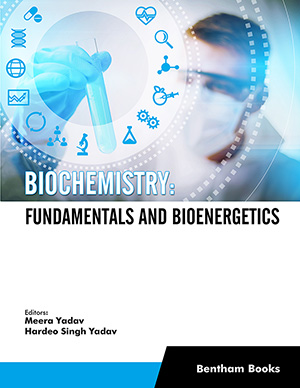Abstract
While data processing methods in metabolomic studies often work with 'n' number of dimensions, analytical techniques, with the notable exception of NMR, have mostly stuck only to one. Peak overlap continues to be a problem and there is an ever-present demand to maximize the number of metabolites that can be separated and identified in a single run. One method that might help to overcome these issues is multidimensional liquid chromatography, which uses two columns of different phases. A sequential collection of aliquots is made from the first column and reinjected onto a second, and the resulting data are then plotted in 2D or 3D space. The total peak capacity of such a system is the combined peak capacities of each column. The 'offline' version of this technique, using a fraction collector, was introduced over 30 years ago but with recent advances in instrumentation and software, particularly the 'online' approach using automated switching valves, has led to increasing interest in the technique. Both offline and online methods can be carried out as a comprehensive procedure, or via 'heart-cutting', in which only specific peaks are analysed in the second dimension. Past applications include proteomics, natural product chemistry, forensic science and pharmaceutical analysis. These successes are likely to be built on in the future as new column chemistries and bio-informatic approaches are developed. In this review an overview of the theory of twodimensional liquid chromatography is presented, its potential in the field of metabolomics is assessed and predictions for future research directions are made.
Keywords: 2DLC, metabolite profiling, metabonomics, omic science, separation space.
 80
80


















